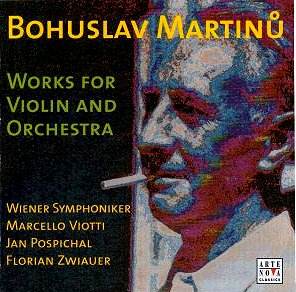 Composer: Francisco Guerrero
Composer: Francisco Guerrero
Works: Vespers for All Saints; Missa Pro Defunctis
Performers: Chapelle du Roi, directed by Alistair Dixon
Recording: Recorded in St. Jude’s Church, Hampstead, March 1999
Label: Signum CD017
Francisco Guerrero (1528-1599), a luminary of the Spanish Renaissance, stands as a counterpoint to his more widely celebrated contemporary, Tomás Luis de Victoria. Guerrero’s music, characterized by its serene spirituality and intricate counterpoint, has often been overshadowed by the more emotionally charged harmonies of Victoria. This new recording by Chapelle du Roi, directed by Alistair Dixon, presents a compelling case for Guerrero’s artistry, offering a thoughtfully curated selection that includes the Vespers for All Saints and the Missa Pro Defunctis. The timing of this release, marking the quatercentenary of Guerrero’s death, is both poignant and necessary, illuminating a repertoire that remains insufficiently explored by modern ensembles.
The interpretation by Chapelle du Roi is marked by a refined sensitivity to Guerrero’s liturgical intentions. The ensemble’s clarity of texture and precision in articulation allow the polyphonic lines to unfold naturally, revealing the work’s intricate interweavings. The Vespers, structured around motets interspersed with plainchant, showcases Guerrero’s masterful use of contrasting textures. The third motet, “Laude pueri Dominum,” performed by Rodrigo Ceballos, a pupil of Guerrero, exemplifies this blend of polyphony and chant, enhancing the meditative quality of the service. The alternation between chant and polyphony throughout the hymn “Christe redemptor omnium” further emphasizes Guerrero’s innovative approach, creating a dialogue between the sacred texts and musical expression that invites contemplative reflection.
The recording quality is superb, capturing the rich resonance of St. Jude’s Church without compromising the clarity of individual voices. The balance achieved by Dixon allows each part to emerge distinctly, facilitating the listener’s appreciation of Guerrero’s contrapuntal sophistication. For instance, the Missa Pro Defunctis, a twelve-movement work, incorporates plainchant not merely as an underpinning but as a vital component of the polyphonic texture. The seamless integration of the Tract texts, particularly “Dicit Dominus,” serves to heighten the emotional gravitas of the Mass, with the ensemble delivering it with a somber beauty that is deeply affecting.
The sound engineering is equally commendable, with a vibrant yet controlled ambiance that enhances the music’s ethereal qualities. This recording stands in contrast to other interpretations, particularly those of Victoria, which often lean towards a more dramatic presentation. Guerrero’s work, by comparison, demands a subtler approach—one that Chapelle du Roi executes with remarkable precision. The choice of tempos throughout the performance is judicious, with each section allowing the inherent stillness of Guerrero’s music to resonate.
This recording encapsulates Guerrero’s unique voice in the choral canon, a voice that speaks with a calm assurance and contemplative depth. The music’s restrained beauty, coupled with the ensemble’s impeccable execution, invites listeners into a spiritual space that is both timeless and relevant. Guerrero’s legacy, long overshadowed, finds a vibrant and compelling expression in this performance, making it an essential addition to the library of Renaissance choral music. The meticulous attention to detail and the profound interpretative insight displayed by Chapelle du Roi affirm that Guerrero’s artistry deserves a prominent place in the pantheon of sacred music.



